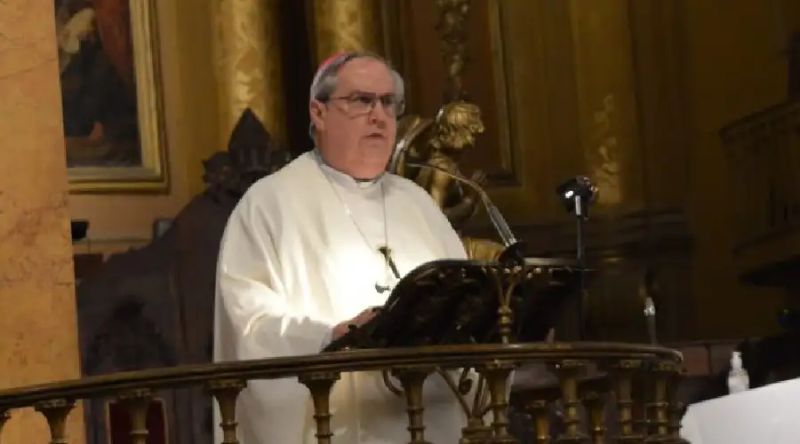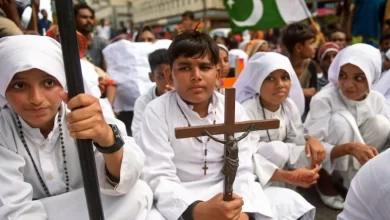Archbishop denounces attack on home for young drug addicts in Argentina

 Archbishop Ángel Sixto Rossi. / Credit: Cathedral of Córdoba
Archbishop Ángel Sixto Rossi. / Credit: Cathedral of Córdoba ACI Prensa Staff, Mar 23, 2023 / 08:08 am (CNA).
Archbishop Ángel Sixto Rossi of Córdoba, Argentina, condemned an attack in his city on a home where young people recovering from addictions live.
The prelate warned about the violent situation and its similarities to the city of Rosario, some 230 miles to the southeast, where there has been a sharp escalation of violence involving clashes between rival drug gangs.
“It depends on us for this to not become Rosario,” Rossi said.
The attack occurred March 14 in the Campo de la Ribera neighborhood of Córdoba, where Father Mariano Oberlin runs an addiction rehabilitation and social reintegration center.
The priest decided to make the episode public on social media, posting: “Yesterday afternoon around 4 p.m a guy looked over the perimeter wall of the rehabilitation center that we have in Campo de la Ribera where 40 kids live and fired two shots with a sawed-off shotgun.”
The car the attacker was riding in, the priest said, left at a high speed, passed in front of police officers, and almost caused a collision. As the car sped by, “the police acted as mere spectators,” he commented.
Oberlin criticized “the inactivity of the police” given the seriousness of the incident, “which could have ended in someone’s death.”
The priest himself and those with him went out to look for the perpetrators of the attack, found them, and pursued them, but they escaped again.
“We’re talking about a car clearly identified by make and color, which is driving around with an altered license plate and at least yesterday after committing the act with a sawed-off shotgun in the possession of its driver, who until two hours later was still cruising around the vicinity,” he noted.
“I was very hesitant to post this, for fear of reprisals,” the priest acknowledged, but he considered that the incident was “too much to keep quiet.”
“If we don’t confront those who want to take over the neighborhood, there will come a time when it will be very difficult to go back to the way things were. The vast majority of the people in our neighborhoods want to live with dignity and honestly,” he said.
As a result of what happened, the provincial authorities put the priest as well as the home he runs under police protection.
In a statement to Radio Mitre, Rossi expressed his appreciation for Oberlin’s pastoral work and considered that the attack was “an almost caricatural symbol of the daily situations experienced in poor neighborhoods.”
The archbishop announced that he will meet with the political authorities. The idea, he explained, is “to be able to sit down and talk, sit down and think about a more real and more aggressive strategy in the good sense of the word.”
“The fact that [Father] Mariano has decided to make it public, it was a decision, it’s a question for everyone,” Rossi said, anticipating that in coming days there will surely be “actions, conversations, with the aim of seeking solutions.”
“We usually say that this is not Rosario, it’s not Rosario yet. We are at a moment where it almost depends on us for this to not be Rosario, but if we are careless, it will be Rosario in three months, or it already is and it will be more blatant to see,” he warned.
“This has to be a joint effort, where some have more responsibilities than others, and Pope Francis often repeats ‘together we succeed or together we sink,’” he said.
Rossi also earnestly hoped that there would be a willingness “from each one of us, from the different areas” to do “a more serious, more aggressive job, not denying reality.”
This story was first published by ACI Prensa, CNA’s Spanish-language news partner. It has been translated and adapted by CNA.




